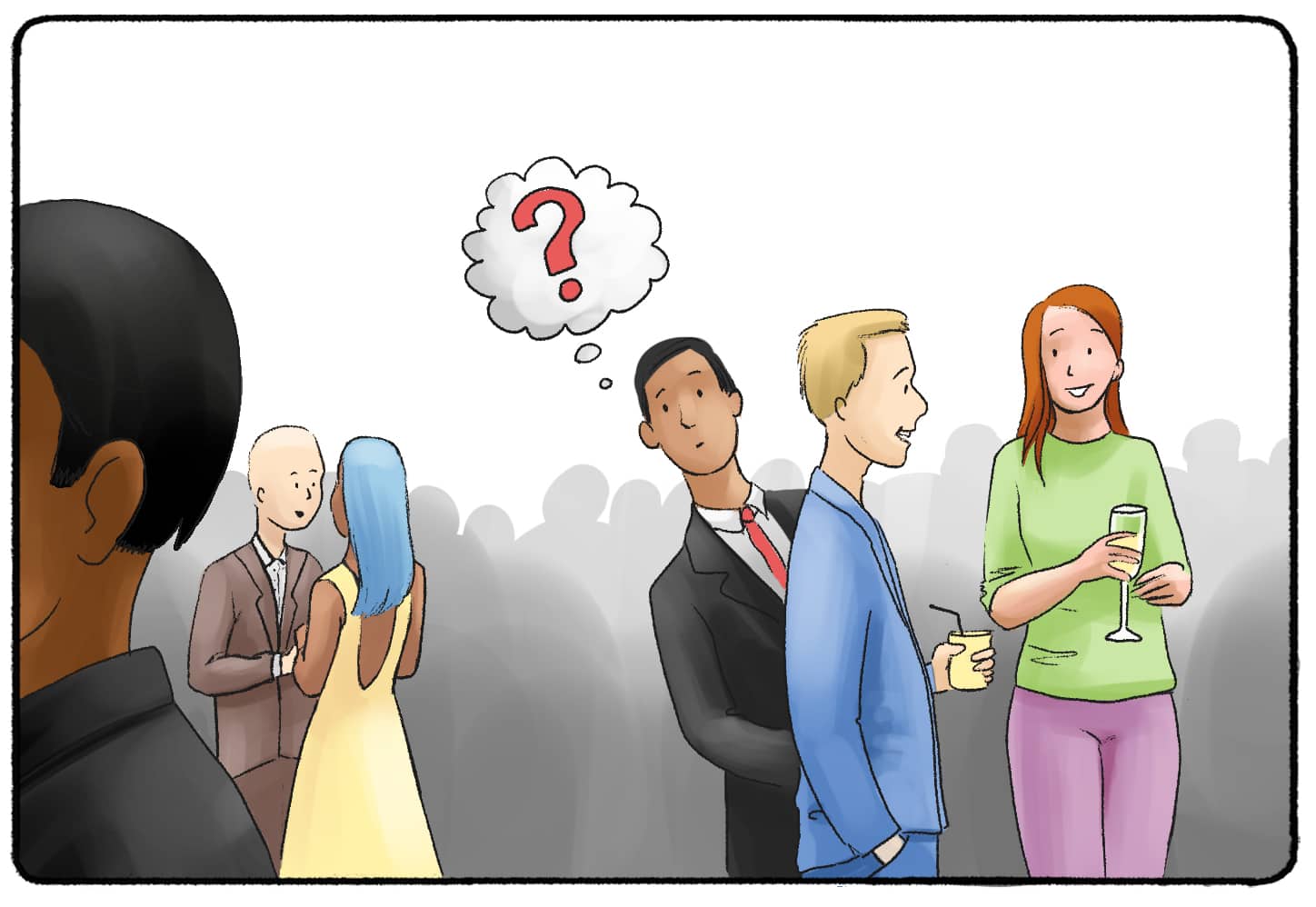The Cocktail Party Effect

the Cocktail Party Effect demonstrates how human brains excel at processing and prioritising auditory data in complicated settings
One interesting aspect of human hearing is the Cocktail Party Effect, which occurs when people appear to tune out all other sounds in a busy room by concentrating on one particular discussion. It’s as if our attention were a spotlight, allowing us to concentrate on certain noises while blocking out the ambient noise.
To demonstrate the effect, consider the following:
- Origins in the Brain
Neuroscientific investigations on the Cocktail Party Effect have shown that, while the brain does some processing on both attended and unattended inputs, the brain devotes more mental resources to processing the attended stimulus. Attention, cognitive control, and auditory processing all play intricate roles in this occurrence.
- Home Auditory Filtering
Some people even use their phones to surf the web while they watch TV with someone else. However, the mere mention of your name causes you to jump up and return your focus to the television. Your brain is always scanning the environment for any relevant signals or phrases, so you may selectively tune in when necessary.
- Restaurant Noise & Conversations
Imagine yourself seated at a table inside a bustling restaurant. Even if there are a lot of discussions going on all around you, you can focus on the one across the room and comprehend every word. You hardly even notice the background talk as it reduces to a low hum.
- De-focusing Loud Music
Even during a noisy party, you may be able to converse with someone and understand what they’re saying. Your brain consciously ignores the music’s beat and melody to focus on the speaker.
- Binaural Benefits
To get the most out of the effect, use both of your ears. This is because, when we listen intently, our brains use minute variations in the timing and volume of sounds to pinpoint and isolate individual sounds.
Curiously, there are several flaws in the Cocktail Party Effect. It might be difficult to concentrate on a single discussion when there is a lot of background noise or when the conversations around you seem too similar. The brain’s filtering processes are overwhelmed in very noisy or crowded places, which is a common occurrence.
- Communicating Effectively
Researchers in the domains of communication and psychology would do well to familiarise themselves with the Cocktail Party Effect. It draws attention to the processes that enable people to traverse social contexts effectively. By taking into account how people filter information in noisy situations, design and technology can create better communication tools and interfaces.
Essentially, the Cocktail Party Effect demonstrates how the brain can efficiently navigate complex social situations by focusing on and processing pertinent information while reducing the impact of irrelevant stimuli.
In sum, the Cocktail Party Effect demonstrates how human brains excel at processing and prioritising auditory data in complicated settings. As a result, we can successfully traverse the auditory realm, participating in meaningful discussions even in the middle of a continual cacophony of noise.




1 Comment